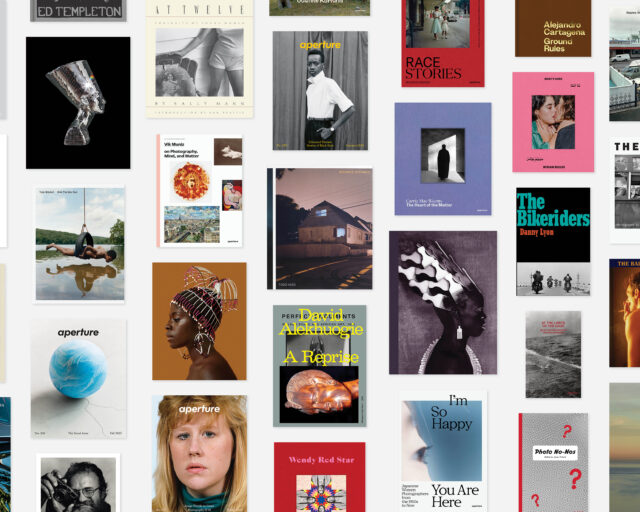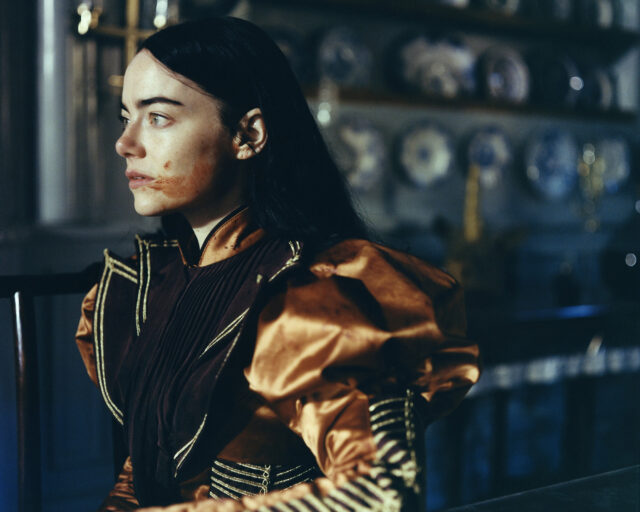Isabel Stevens on Chris Marker's "Petite Planète"
In an online-only story for Aperture magazine #217, Winter, “Lit,” a look at the little-known series of travel book series directed by Chris Marker.
Throughout his 60-year career, Chris Marker combined words and images like no one else: in sci-fi photo-films (La Jetée), epistolary cine-travelogues (Letter from Siberia), essay films (A Grin Without a Cat), photobooks (Coréennes, Les Dépays, Staring Back), a CDrom (“Immemory”), a virtual world (“Second Life”), a television series (The Owl’s Legacy) and multi-screen installations (Zapping Zone, Silent Movie). Into his 90s, he was ever abreast with the latest technology, even creating YouTube shorts (such as his voyage through film history, “Kino,” posted under the pseudonym Kosinski). Rewind to the start of his career though, and in parallel to his nascent experiments with moving images, he also used montage for a more commercial endeavor: a series of travel books.
Little has been written about the “Petite Planète” guides Marker initiated and directed from 1954-58 while working at the Paris-based publisher Éditions du Seuil. Exhibited at Whitechapel Gallery’s recent Marker retrospective in London, the collection of 19 books, each dedicated to a different country, are normally referenced and then passed over in favor of his early films—1956’s Sunday in Peking, 1958’s Letter from Siberia, or Statues Also Die, Marker’s collaboration with Alain Resnais, a blistering 1952 tirade against colonialism.
In the green Michelin Guides of the 1950s, travellers were enticed to visit holiday locations, from the Cote d’Azur to Italy, by picturesque pencil landscapes on the covers and detailed descriptions on everything from ancient sites to restaurants within. In contrast, the “Petite Planète” books featured a close-up of a woman’s face on the cover (each a native of the country) and would finish with an exuberantly colored– but hardly accurate or practical– illustrated map on its back spread.
“Not a guidebook, not a history book, not a propaganda brochure, not a traveller’s impressions, but instead equivalent to the conversation we would like to have with someone intelligent and well versed in the country that interests us” was Marker’s interpretation. Nearly a decade after World War II, foreign locales seemed tantalizingly within reach, Éditions du Seuil introduced the books rather charmingly as “the world for everyone”. The series cemented Marker’s interest in the essay format and in collaboration—he commissioned a different writer for each book and gathered photography from a variety of sources. While Marker didn’t author any of the essays himself, one can see his influence on their unusual subjects from the violence of history (Spain) to the melancholy of the Atlantic (Portugal). The books on Japan and Greece—countries that would feature into his later work—are two of the most idiosyncratic. As the focus began to include more far-flung destinations (Greece, Tunisia), the layouts become more adventurous, with imagery integrated into the text in exciting and radical ways. Each spread differs from its predecessor. Illustrations creep over the essays, which are broken up with quotes, poems, and song lyrics. Above all, the books demonstrate Marker’s sophisticated pairings of words and pictures, with photographs used at varying sizes throughout: taking over spreads, jostling against blocks of text or color, and arranged in lively sequences of small images. Marker, in a rare instance when the media-shy artist discussed his work, called the “Petite Planète” books “ersatz cinema.”
The photography is often startling, particularly as Marker leaves tourist agencies behind and starts to incorporate his own photographs as well as those of contemporary figures: Henri Cartier-Bresson, Inge Morath, Robert Capa, David Seymour, Elliot Erwitt, his friend the filmmaker Agnes Varda (who started out as a photographer), and William Klein. Unusual street photography features heavily: shop windows made abstract with multiple reflections (one courtesy of Brassai); lonely nighttime city squares, busy restaurants, and pavements with people bursting into the frame from William Klein; unaware and entirely ordinary passers-by caught mid-gesture by Cartier-Bresson; and haphazard snapshots of architectural snippets scavenged from photo agencies such as Roger-Viollet.
Often the selections show Marker’s whimsical side: a man in a crowded Irish street with a white rabbit on his head, another later on with a monkey perched on his shoulders, signs in the Greek mountains pointing to nowhere, people napping on benches. And then there are the faces, an obsession he never grew out of. The most beautiful film in the world, according to Marker, was Carl Theodore Dreyer’s 1928 The Passion of Joan of Arc with its torrent of close-ups of Maria Falconetti’s face. The ghostly women that stare out from the Petite Planète book covers no doubt sowed the seeds for his later photobook and exhibition Staring Back.
Marker still contributed photographs to the “Petite Planète” books into the early 60s, even after he stopped directing them (the series continued until 1981, but the confrontational female cover stars were replaced with bland travel photography in the 1970s ). The female subject of Marker’s 1964 film, The Koumiko Mystery, fronts the first edition on Japan. Looking through the various books, one can often guess which photographs he authored: overlooked statues were a perennial favorite subject, as were melancholy-looking passersby absorbed by something beyond the frame. Later, similar divorced onlookers would populate Staring Back. Amid the cornucopia of high and low culture, fragments of paintings, films, and advertisements, a familiar motif in “Petite Planète” is that of people with their backs to the camera starring at paintings, transfixed like the onlookers gazing at African artworks in Statues Also Die or like Madeleine with Carlotta’s portrait in another of Marker’s favorite films, Hitchcock’s Vertigo (1958).
Despite the fact that Marker later dismissed all his pre-1962 work as rudimentary, the series provided a vital playground for Marker, and not just one that funded his filmic travelogues. References to the books turn up in surprising places in the artist’s biography. Look closely at Alain Resnais’s 1956 portrait of Paris’s Bibliotheque Nationale Toute la mémoire du monde and the book being admitted into this labyrinthine archive of words and images is a fake “Petite Planète.” The country? Mars. When William Klein couldn’t find a U.S. publisher for Life is Good for you and New York, he came to Éditions du Seuil after being impressed by the “Petite Planète” series. Three pages into the photobook, published by Éditions in 1956 after Marker threatened to quit if they refused, just before the title page, you’ll see the sub-heading “Album Petite Planète 1.”


























